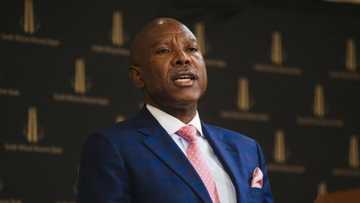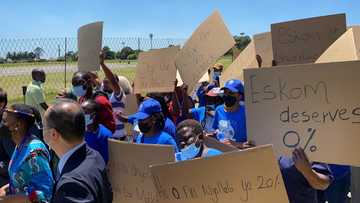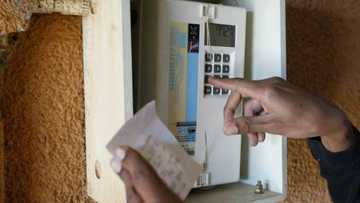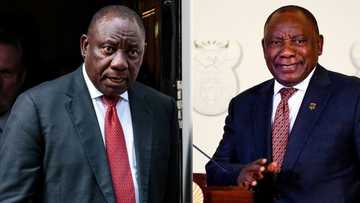South Africa's Fuel Price Is Much Higher Than Other African Countries, How Fuel Is Calculated in SA
South Africa saw another huge fuel price increase on Wednesday, 2 February. This new fuel hike saw the price of petrol rise above the R20 per litre mark. Briefly News takes a closer look at how South Africa's fuel price is calculated and some of the reasons fuel is much more expensive in Mzansi than in other African countries
PAY ATTENTION: Follow Briefly News on Twitter and never miss the hottest topics! Find us at @brieflyza!
JOHANNESBURG - South Africans are still coming to terms with the fact the price of petrol has once again gone over the R20 per litre mark since December 2021. Many citizens were outraged by the sharp increase in fuel but their anger subsided a little bit when the fuel price decreased in January 2022.
However, on Wednesday, 2 February, the Department of Energy and Mineral Resources announced another fuel hike which was just as drastic as the fuel hike many complained about in December.
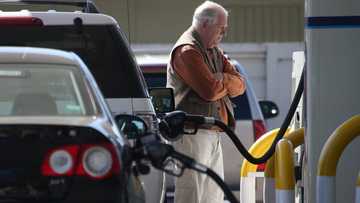
Read also
"Life is becoming unaffordable": South Africans are not happy with the price of petrol going up again
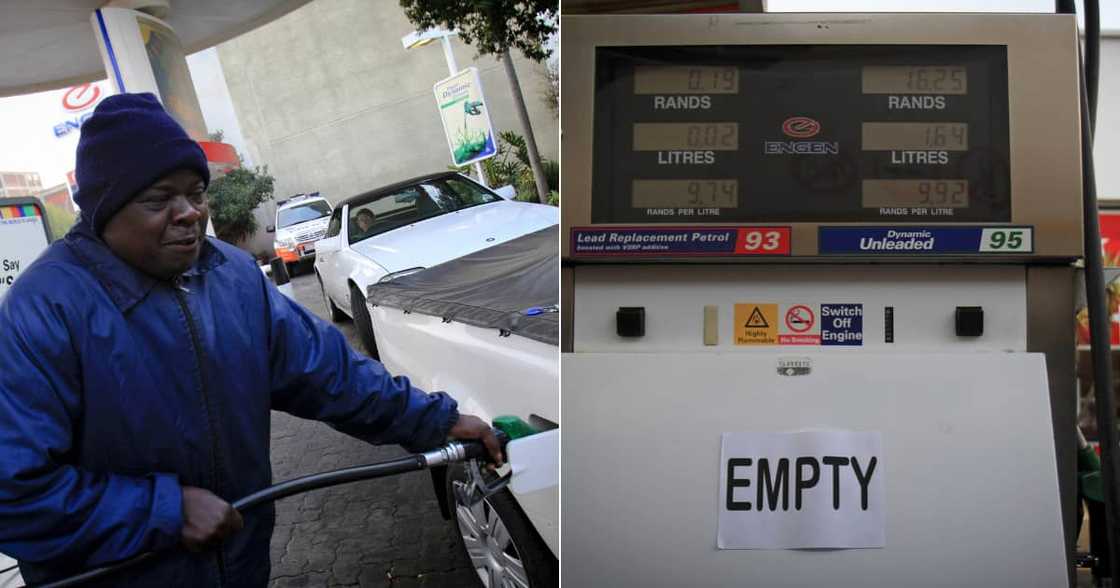
Source: Getty Images
The new fuel increase placed the price of 95 petrol at R20.14 from R19.61 and 93 petrol is now R19.89 from R19.36. 0.05% diesel went from R17.24 to R18.04 while 0.005% diesel went from R17.28 to R18.07, according to BusinessTech.
The department gave a number of reasons why the fuel price had increased and this included the rise in demand for fuel across the globe while stockpiles are really low. Brent Crude Oil has also gone up and could see a drastic increase of $100( R1 543.67) per barrel in future.
PAY ATTENTION: Never miss breaking news – join Briefly News' Telegram channel!
How is the fuel price calculated in South Africa?
Unlike some countries across the globe, South Africa regulates the price of petrol, however, the price of diesel is not regulated that much. On every Wednesday of a new month, the Department of Energy and Mineral Resources calculates and adjusts fuel prices, as we have seen this week.
Three factors are taken into consideration for how the new fuel price is calculated and this includes, the Basic Fuel Price which is an import parity price. It refers to how much a South African importer would pay to insure the product (petrol) against losses at sea and on South African shores.
This price does not change no matter how much fuel South Africa imports.
The second factor in the calculation of the fuel price is the regulated margins which include the regulation of costs and profits for wholesale, retail and pipeline transport services, according to Wheels24.
The last factor that influences the price of fuel in Mzansi is levies and taxes. In South Africa, the money spent on fuel contributes to Road Accident Fund through levies. RAF is a government insurance policy that covers citizens involved in certain road accidents. The second levy that is included in the fuel price is the General Fuel Levy (GFL).
All these three factors added together make up the final fuel price motorists see why they fill up their tanks at the petrol station.
In other countries, however, fuel prices are merely capped instead of regulated. This means that the government will put up an amount the fuel price cannot exceed and by doing so, the fuel price becomes competitive
This could be one of the reasons why fuel is significantly cheaper in other countries than South Africa amongst others, according to BusinessInsider.
South African fuel prices compared to neighbouring countries
Mzansi might not have the highest fuel prices across the globe, however, when it comes to neighbouring countries South Africa's fuel prices are higher than most, except for Zimbabwe.
When compared to Botswana, South Africa charges R2.57 more per litre for petrol which means Botswana charges an average of R17,04 per litre. Nambia sells petrol for R15,60 per litre which means petrol is R4,02 less expensive in Namibia than in South Africa.
Lesotho and Mozambique both sell petrol for just under R17 per litre and in eSwatini petrol costs R16,19 per litre. These prices are based on the information that was currently available at the time of publishing.
The future of fuel prices in South Africa
Following the uproar in the price of petro going over the R20 per litre mark in December, the Minister of Finance Enoch Gondogwana stated that perhaps the fuel price calculations should be reviewed.
Speaking to parliamentary lawmakers in Cape Town, Gondogwana stated that the price of fuel had increased to such an extent that intervention is needed to reform fuel pricing, according to Fin24.
Godongwana suggested that fuel levies should be separated from the price of fuel and that could significantly help in lowering fuel prices.
"At this point in time, a big part of the price increases is the levy. The way of countering price increases is an urgent matter for review and that is on the table," said Godongwana.
According to Automobile Association, the Finance Minister usually lays out the new fuel levies for the year in his budget speech. The new levies and taxes are then implemented in April.
This year's National Budget Speech has been scheduled for 23 February, 2022. South Africans can expect Godongwana to address the fuel pricing issue in his speech.
Another repo rate hike on the cards, says SA Reserve Bank: "They are killing us"
Briefly News previously reported that South Africans should make do with the Reserve Bank's decision to hike the repo rate by another 25 basis points to 4 per cent, upping the prime lending rate to 7.5 per cent.
Four out of five members of the central bank's monetary policy committee on Thursday voted for the increase, News24 reported. What does this signal for ordinary citizens, who will have to accept the hike as the lowest possible?
Well, for a new application on a home loan of R2 million at the prime rate, the monthly payment will increase by around R300 following the rate hike. Over a full calendar year, this translates to R3 600 more.
Source: Briefly News

